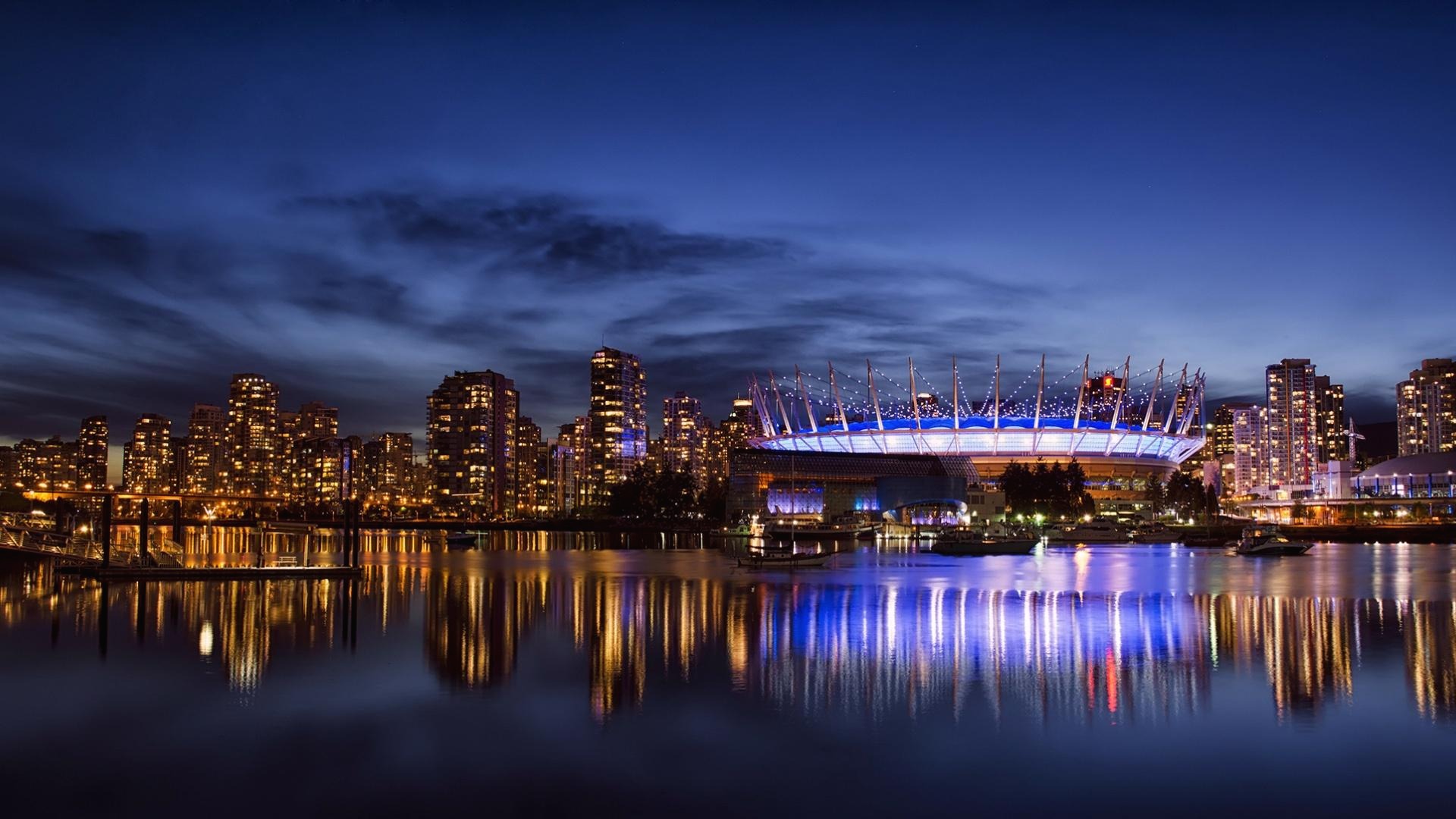Barony Power Launches Green Hydrogen Electrolyzer/Fuel Cell Project with University of Tasmania and Deakin University
Barony and Partners Will Focus on Producing 3D Printed Components for Green Hydrogen Electrolysers and Hydrogen Fuel Cells
CARSON CITY, NV, UNITED STATES -- Barony Power Corp.’s CEO, Caisey Harlingten announces the January 2025 commencement of an initial one year mechanical and materials science project with a University of Tasmania (Utas) and Deakin University collaboration. The year one objective is to manufacture novel BPC Green Electrolysers, and Hydrogen Fuel Cells while 3D printing the essential electrolysis components for both.
If successful, this Patent Pending Research, will herald a paradigm shift in the manufacturing mode of Green Hydrogen Electrolysers and Hydrogen Fuel Cell components. By extension, it will have a profound effect on the competitiveness of Green Hydrogen as both a transportation fuel and a power source for green electricity generation.
“Success in 3D printing Green Hydrogen Electrolyser and Hydrogen Fuel Cell components promises to greatly expand the world’s access to Green Hydrogen as a clean source of energy.” said Caisey. “This can be achieved by revolutionizing the mass production of these components using commonly available materials in conjunction with 3D printing methods.”
Simultaneously “the BPC Hydrogen Lab”, at the UTas School of Engineering, is embarking upon the stand-alone production of novel and competitive BPC Green Hydrogen Electrolysers and Hydrogen Fuel Cells. Regardless of its success in novel 3D component printing that Deakin University intends to achieve, BPC also intends to successfully demonstrate its own competitive and novel Green Hydrogen Electrolyser and Hydrogen Fuel Cell using only commercially available electrolysis components.
THE DEMAND FOR POWER DUE TO AI USE, WILL MEAN THAT ENERGY NEEDS WILL TRIPLE BY 2045!”
— ELON MUSK
Simultaneously “the BPC Hydrogen Lab”, at the UTas School of Engineering, is embarking upon the stand-alone production of novel and competitive BPC Green Hydrogen Electrolysers and Hydrogen Fuel Cells. Regardless of its success in novel 3D component printing that Deakin University intends to achieve, BPC also intends to successfully demonstrate its own competitive and novel Green Hydrogen Electrolyser and Hydrogen Fuel Cell using only commercially available electrolysis components.
Although success with the Deakin 3D printing project promises to reduce the green hydrogen electrolyser and hydrogen fuel cell manufacturing costs and delivery times across the board, UTas delivered BPC Green Hydrogen Electrolysers and BPC Hydrogen Fuel Cells intend to be state of the art in their own right, proprietary and very competitive in a world with explosive power demands.
Green Hydrogen is an emerging power source that is generated using renewable energy sources such as wind, solar and/or hydro and applied to a process called electrolysis. In simple terms, this process involves splitting water molecules (H₂O) into hydrogen (H₂) and oxygen (O
This makes Green Hydrogen a clean and sustainable alternative to traditional fossil fuels and a potential game-changer in reducing greenhouse gas emissions. It can be used in various sectors, including heating, electricity, transportation fuel and power and can replace most, if not all, forms of industrial power generation. ). When hydrogen is used in transportation, industry or any other use, the “exhaust” is pure, clean, drinkable water, making Green Hydrogen one of the cleanest power sources in the world.
“I am confident that we will be able to overcome the two biggest challenges in the 3D printing of electrolysis components; these two challenges being: 1. making common silica glass conductive for use as an electrolysis component feed stock and 2. being able to mass-produce these key components of electrolysis using a 3D printing technology that will replace all current fabrication methods.” said Dr. Vipul, Barony’s Head Research Scientist at Deakin University
A report by Deloitte estimates that the green hydrogen market could reach a value of $1.4 trillion per year by 2050, supporting around 2 million jobs globally per year between 2030 and 2050. The market is expected to grow at a compound annual growth rate (CAGR) of 41.6% from 2024 to 2032, reaching a value of $334.6 billion by 2032
About Barony Power Corp. (BPC)
BPC is a US Green Hydrogen Technology company working in conjunction with its founding equity partner the University of Tasmania and academic associate Deakin University.
BPC’s focus is on the development of high efficiency, low cost, durable, small and mass-produced Green Hydrogen electrolyser and hydrogen fuel cell components and systems.
Chief among the intended strategies BPC intends to employ for achieving the aforementioned will be the development of proprietary specialty materials conducive to and amenable to the mass production of hydrogen electrolysis components using 3D printing technology.
In addition to the specialty materials development / 3D printing project underway at Deakin University, BPC is doing parallel product development in the BPC Hydrogen Lab, University of Tasmania, School of Engineering.
This development aims to produce proprietary and highly competitive BPC Green Hydrogen Electrolysers and BPC Hydrogen Fuel Cells regardless of its Deakin University 3D printing effort.
A success at Deakin University with 3D electrode printing will significantly enhance the competitiveness of BPC Green Electrolysers and BPC Hydrogen Fuel Cells.
In a time of exploding energy demands BPC products stand to be, at a minimum, either competitive in their own right or overwhelmingly competitive with its anticipated 3D printing, mass manufacturing success.
All development is being done under University of Tasmania Patents Pending and licensed exclusively to BPC.
The University of Tasmania has sought and obtained BPC’s permission to engage with its industry contacts for potential licensing agreements of emerging BPC products.
BPC will offer Sub Licenses of the aforementioned technologies to the highest and most qualified bidders.
Barony Power's Green Hydrogen Electrolyzer/Fuel Cell Project
Barony Power's Green Hydrogen Electrolyzer/Fuel Cell Project - Fuelcellsworks
Barony Power, Utas, and Deakin University collaborate on 3D printed components for green hydrogen electrolyzers and fuel cells, aiming to revolutionize green hydrogen production.
fuelcellsworks.com


